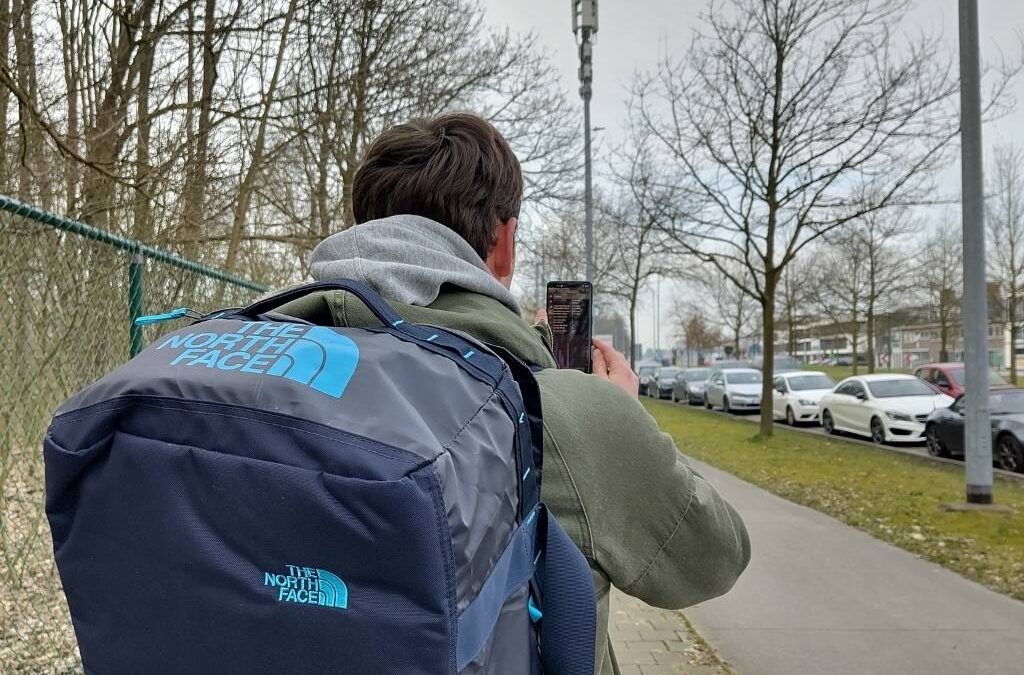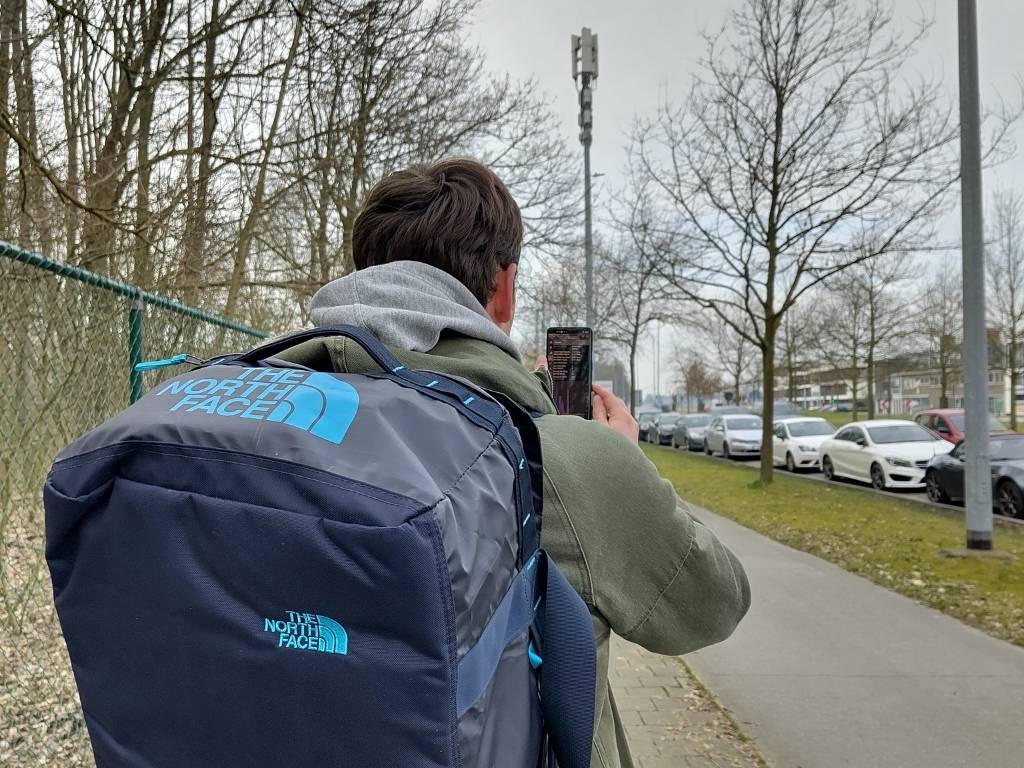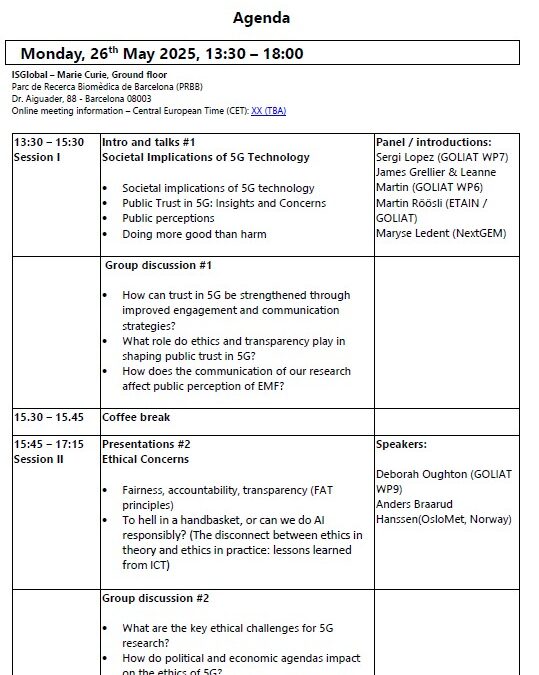
GOLIAT study finds higher mobile phone radiation during data upload in areas with fewer base stations

A Project GOLIAT study in seven EU countries found that more base stations mean lower RF-EMF exposure from phones, and that 5G needs less transmit power than 4G, reducing user exposure when sending data
A study from the GOLIAT project, led by Ghent University, has assessed 4G and 5G uplink exposure in seven European countries. The results, published in Environmental Research, suggest that the density of base stations is a predictor of personal exposure to radiofrequency electromagnetic fields (RF-EMF) when using a mobile phone: the more base stations there are, the lower the exposure from the users’ own phone when sending data. The researchers also found that 5G requires less transmit power than 4G.
The study used a new methodology to assess exposure to 4G and 5G in 282 microenvironments from Belgium, Italy, the Netherlands, Poland, Switzerland, and the UK. The aim was to find out what a person’s exposure is when using the phone at maximum data upload capacity and in different everyday locations – or microenvironments – and city sizes. To simulate personal exposure from one’s own phone, the researchers designed a backpack containing a phone equipped with an application that measures transmission power.
Between February and October 2023, trained researchers walked with the backpack in parks, on public transport, in city centres, in industrial areas and in other specific areas of five city types with different levels of urbanisation and population density: a large city with more than 500,000 inhabitants (usually the capital), a medium-sized city with between 100,000 and 500,000 inhabitants, and three villages with less than 100,000 inhabitants.
As they travelled through the different micro-environments, they carried a mobile phone configured to upload large files to a remote server, so that it would operate at maximum load and they could measure the energy transmitted (or transmission power).
The results
In general, the results showed that in areas with a higher density of base stations – also known informally as mobile phone antennas or towers – the phones used less power to transmit the data, resulting in lower exposure for the user. For example, in almost all countries, the energy emitted by phones in villages was higher than in big cities. Similarly, transmitting power was generally higher in parks or in villages, where there are usually fewer base stations and they tend to be further apart. Conversely, the microenvironments where the phones emitted less energy were mainly in big cities or industrial areas.
“Our results are in line with previous studies analysing 4G. Basically, the idea is that the stronger the signal from the base station, the less effort the phone has to make to send data. We need more research to fully understand the differences between different microenvironments,” says Bram Stroobandt, researcher at Ghent University and first author of the study.
The Netherlands was the country where phones emitted more energy to transmit data, followed by Belgium, Hungary and Italy, while the medians in Switzerland and Poland were lower. “The fact that the median is lower in Switzerland and Poland can be attributed to better network connections. Switzerland has Europe’s first commercial 5G network and is therefore ahead of other countries.” says Bram Stroobandt.
5G vs. 4G
In addition, the data analysis showed that the 5G bands require lower transmit power on average than 4G, suggesting that the exposure to RF-EMF when using a phone is lower with 5G than with its predecessor. However, as 5G is not yet fully deployed, the authors found that 4G is still the main contributor to exposure.
“Our study paves the way for the personal exposure assessment of European citizens and provides important measurement data for epidemiologists and governments,” says Wout Joseph, researcher at Ghent University and lead author of the study.
Reference
Bram Stroobandt, Han Van Bladel, Adriana Fernandes Veludo, Kenneth Deprez, Sam Aerts, Leen Verloock, György Thuróczy, Piotr Politanski, Kinga Polanska, Gabriella Tognola, Marta Parazzini, Joe Wiart, Mònica Guxens, Martin Röösli, Wout Joseph, Auto-induced uplink 4G and 5G RF-EMF exposure assessment using a network monitoring application in different microenvironments across seven European countries, Environmental Research, Volume 270, 2025, 121029, ISSN 0013-9351, https://doi.org/10.1016/j.envres.2025.121029


